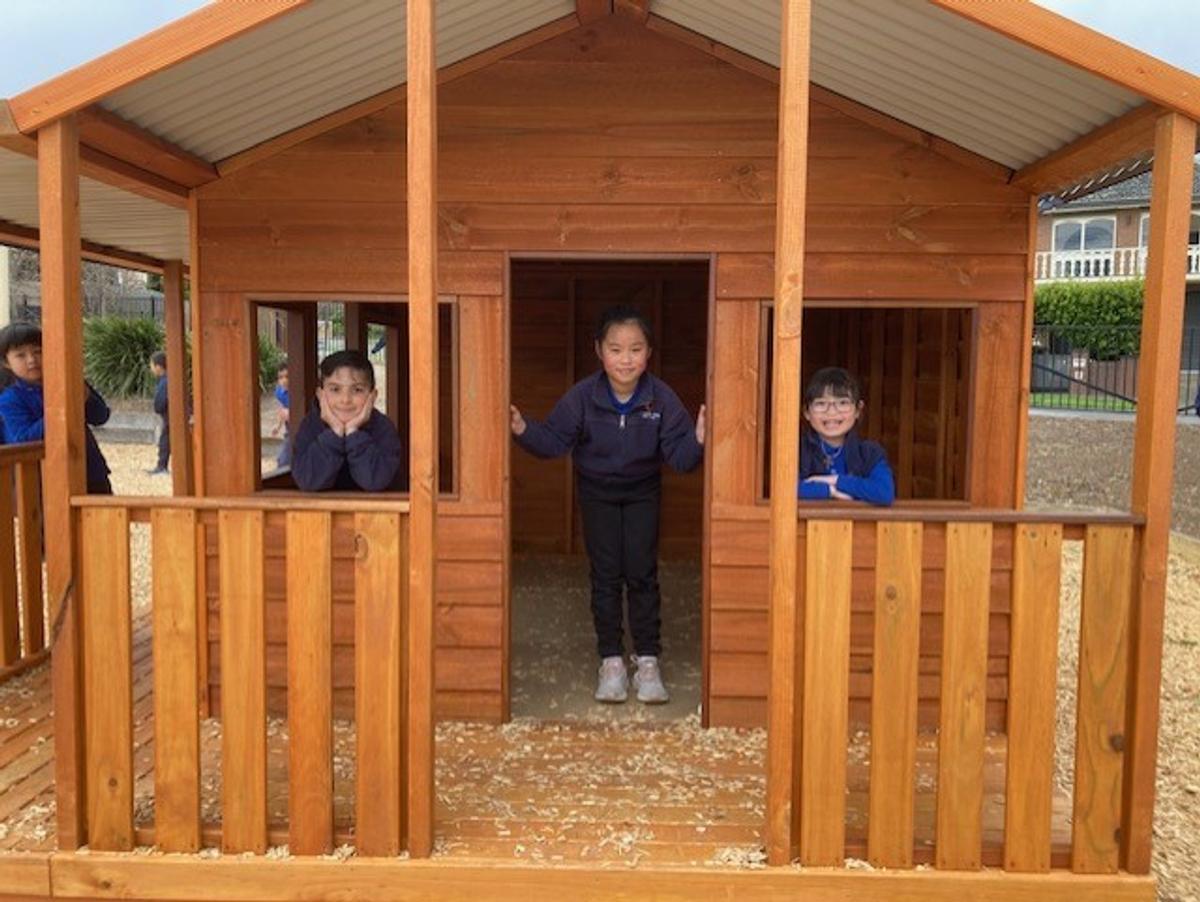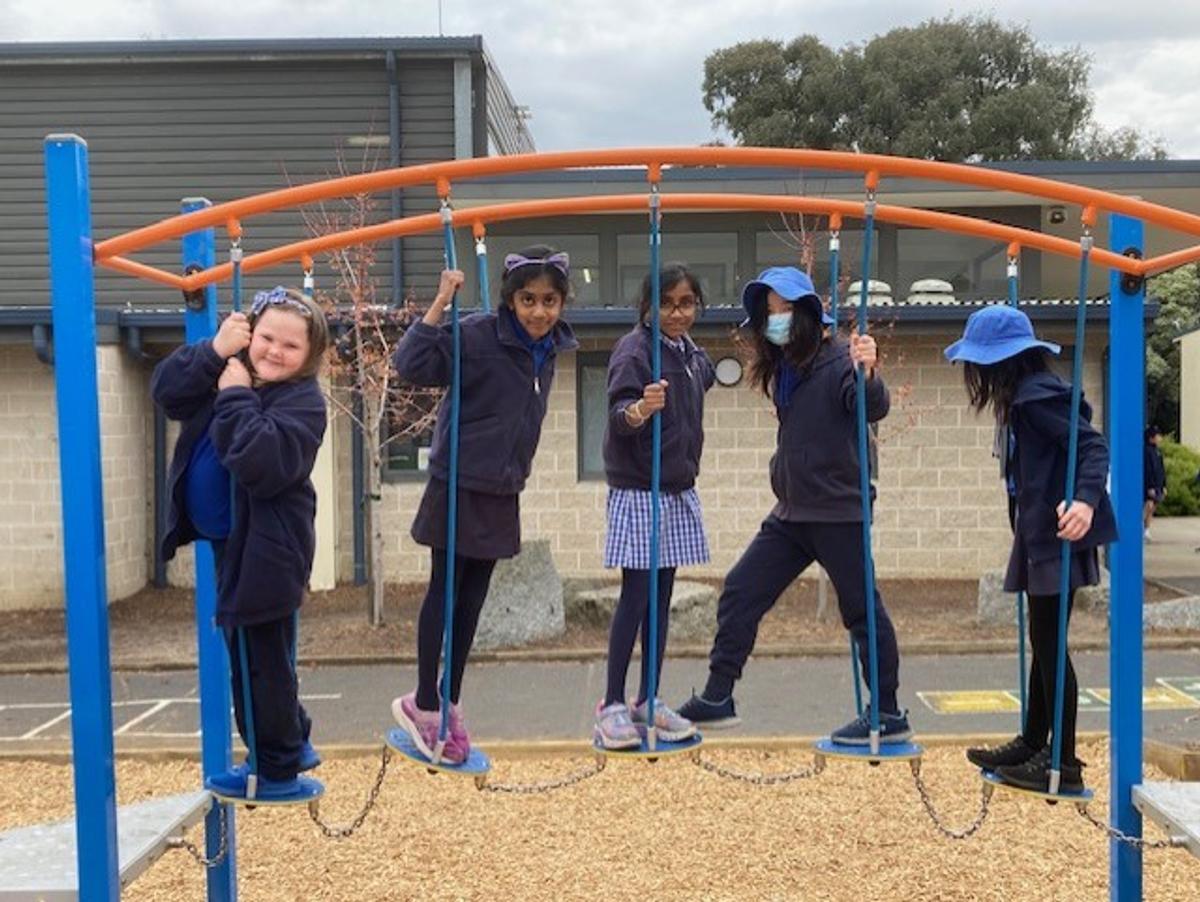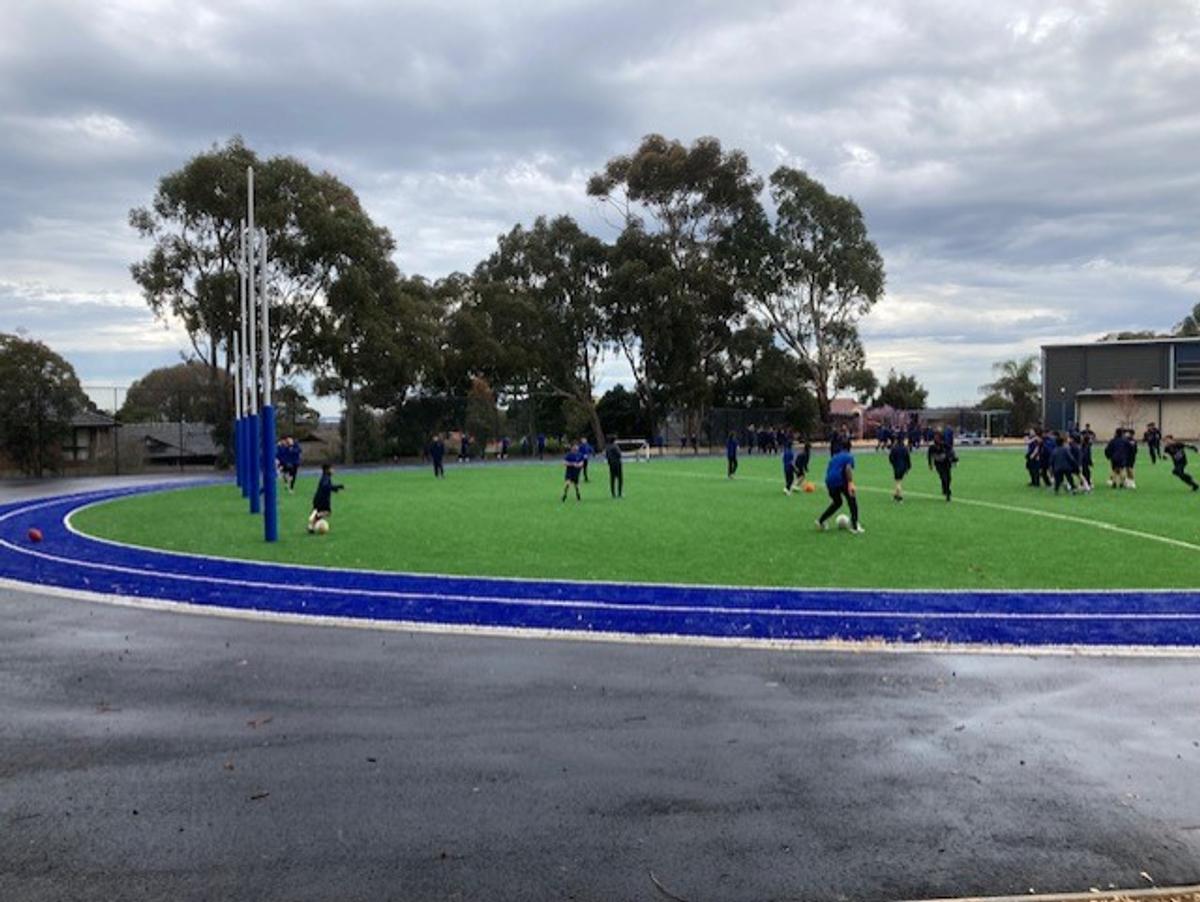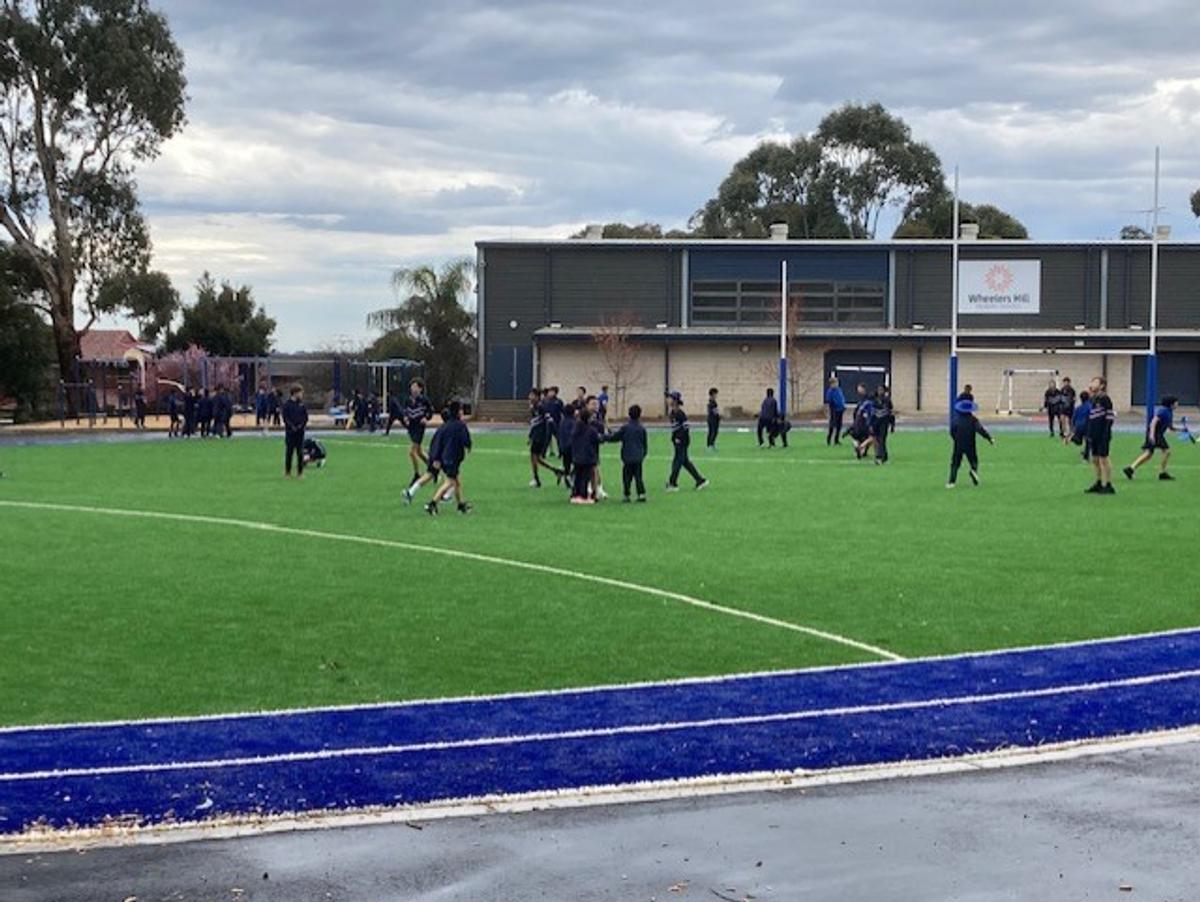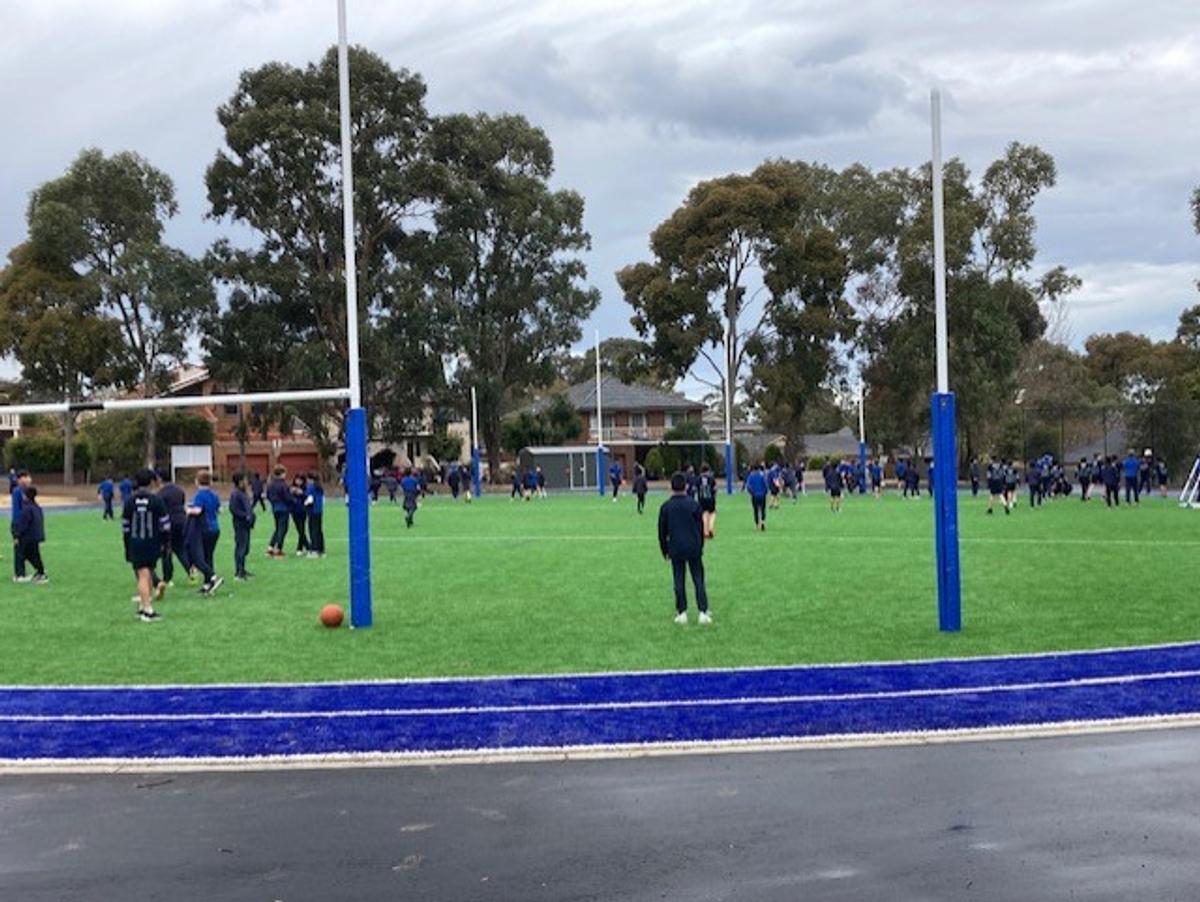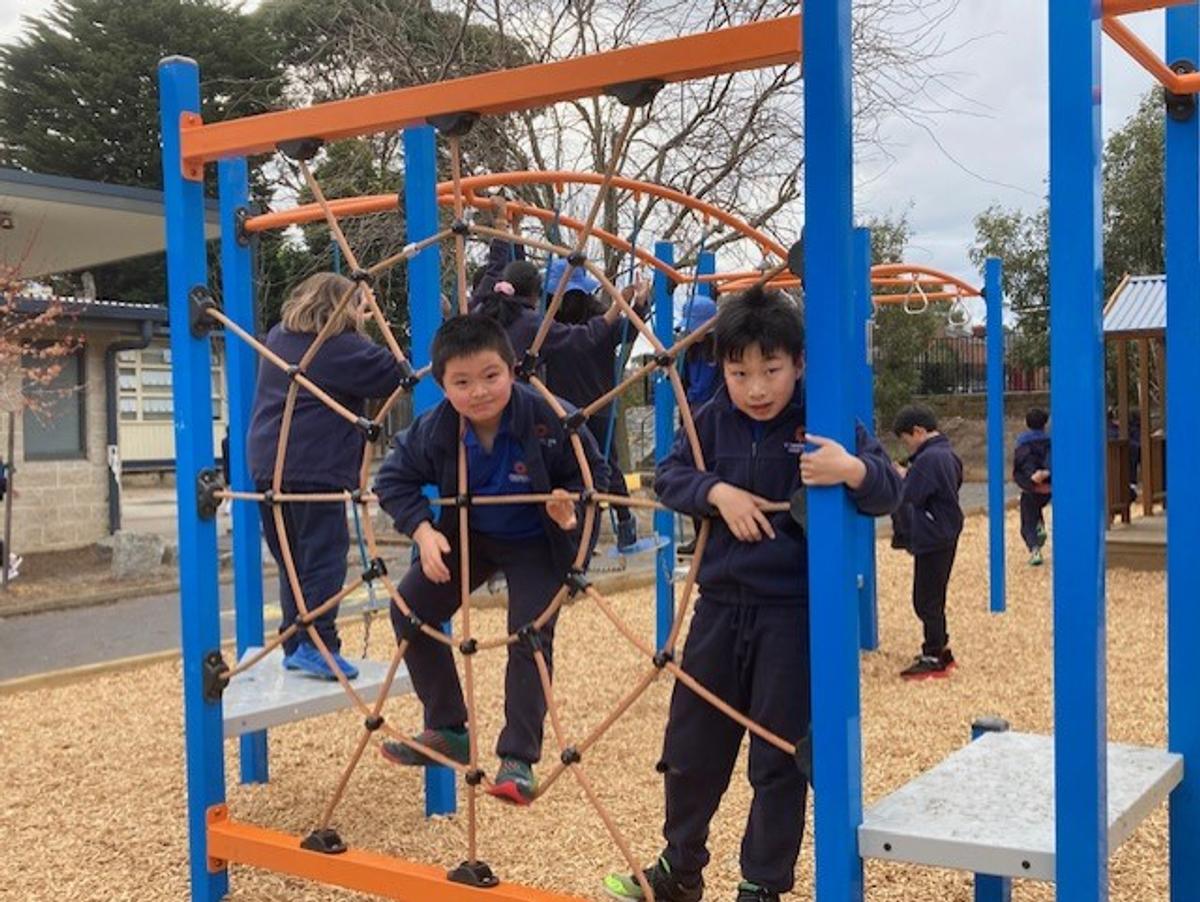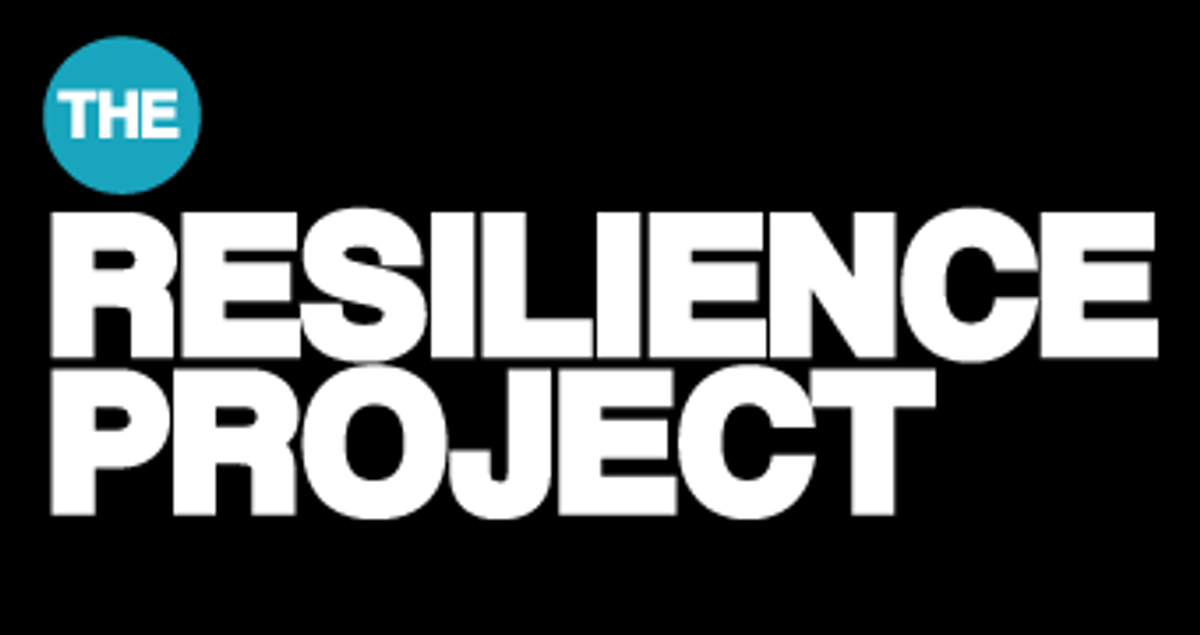Assistant Principal Katrina Spicer - Wellbeing
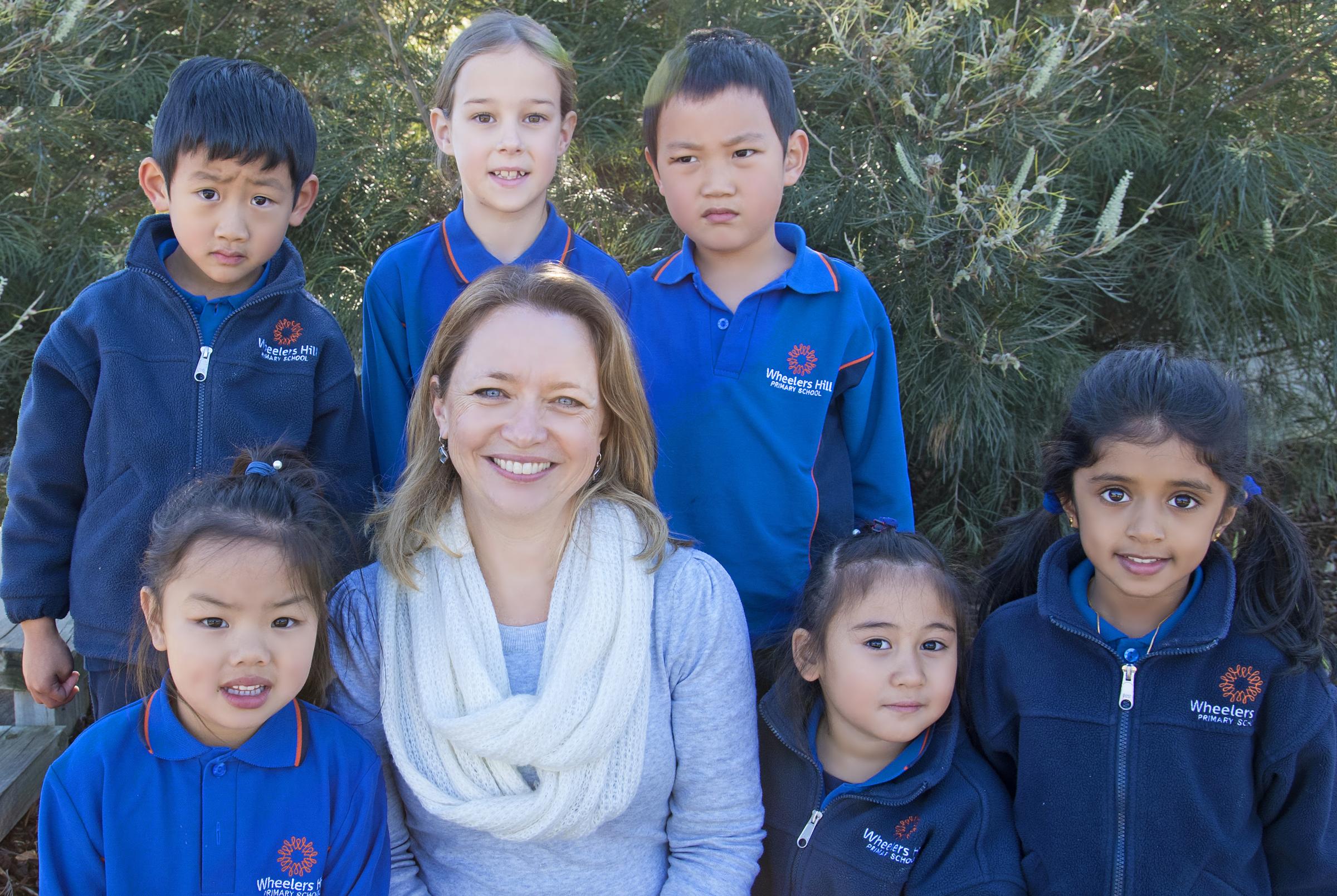
18th August 2023
OVAL UPDATE
It has been wonderful watching our students enjoying playing on the new synthetic turf oval. Our students have really missed being able to play soccer and football, and to have a large open space to run around on. Although it was a long wait, I think we can all agree that this new oval is a wonderful addition to our school.
This week students the years 1,2 and 3 students were allowed to play on the oval at recess and the years 4, 5 and 6 students used it at lunch times. From next week, all students from years 1 - 6 will be allowed to play on the oval during both play times. Prep students are not allowed to play on the oval as it is too dangerous for them, with lots of bigger students playing ball games and running games.
A fun cubby is a terrific addition to the junior playground for years prep, 1 and 2, whilst the year 3 and 4 students can play on the middle school playground orange and blue which has been moved to the area between the portable classrooms and the gym. The middle school students also have a cubby to play in.
The senior playground, positioned at the southern end of the gym, is now exclusively for students in years 5 and 6. The play equipment in this playground is not suitable for smaller students.
SCHOOL IMPROVEMENTS
We continue to invest in making improvements to our school grounds to make our school a fun and stimulating environment for our students. You may have noticed a new platform being built around the large gum tree outside OSHC. This will be a lovely area for students in OSHC to use, especially in the summer months.
The school has engaged an artist to paint a mural along the grey brick wall on the lower level between A and B blocks. This work may take a couple of weeks to complete, but will brighten up an otherwise dull area of the school. Students in years 3LD, 3DP, 4SM and 4MP will have a terrific view of this work as it progresses right outside their classroom windows!
TRP - PARENT AND CARER HUB
Through our school's subscription to The Resilience Project, WHPS families are able to access the TRP Parent and Carer Hub. On this website, Hugh and Martin from TRP unpack the crucial elements of Gratitude, Empathy, Mindfulness and Emotional Literacy, which have been proven to be essential to developing resilience and wellbeing in adults and children.
You can watch the videos and access activities and resources anytime via the Parent & Carer Hub.
You can also stay up to date with The Resilience Project news and events by signing up to their Newsletter.
Katrina Spicer
Assistant Principal for Wellbeing
katrina.spicer@education.vic.gov.au
WE NEED TO TALK ABOUT PARENT WELLBEING
By Dr Justin Coulson
Mental Health is on everyone’s lips. With 44% of Australian adults having experienced a mental disorder over the course of their lives, and 1 in 5 having experienced symptoms of a mental disorder over the last 12 months, it’s no surprise that Google searches for mental health queries reached an all-time high in 2021.
Additionally, across Australia there are 102 days dedicated every year to raising awareness of important mental health and wellbeing related topics, including Neurodiversity Week in March, World Infant, Child and Adolescent Mental Health Day in May, and R U OK? Day in September. A growing number of Australian states and territories are also promoting Mental Health Month in October.
With all the talk about mental health and wellbeing, it’s valuable to understand that mental illness and mental health are actually different things. On the one hand, we have mental illness. Low mental illness means you aren’t experiencing symptoms of mental illness (such as depression and anxiety), high mental illness means you are. And on the other hand, we have mental health. If you have high mental health, you have a generally positive mood and outlook on life and are functionally optimally. You are said to be ‘flourishing’. If you have low mental health, you may feel hollow or empty, and have a generally low mood. You are said to be ‘languishing’.
For most people experiencing mental illness, interventions such as therapy and medications are both valuable and necessary. However, to improve mental health and lead a flourishing life, there are simple changes that anyone can make even if they are struggling with mental illness.
Let me ask you a simple question.
What makes life most worth living for you?
The simplest way to experience improved mental health and wellbeing is to identify the answer to that question and then find a way to do a little more of those things each day. Let me outline a few things science points us to that can help:
Sleep
This might be the most boring thing I can put on the list of ideas to bolster wellbeing (for you and your kids). But it might also be the most valuable item on the list.
Have you noticed what a difference it makes when you feel well rested? Have you noticed how much better you behave (not to mention the kids) when you’ve had a full night’s sleep? It’s no surprise that sleep loss is associated with negative moods and impacts emotional regulation. Sleep makes you a better parent. It makes you a better partner, employee… it makes you a better person. Prioritising a solid 8 hours of sleep per night is just about the best thing you can do to be happier.
Build Connection
Relationships are at the core of our wellbeing. Find ways that you and your children can connect with one another and with others regularly and in healthy, positive ways. Simple ways to build connection are smiling at each other (even fake smiles can amplify and initiate feelings of happiness), spending quality time together, and telling the people around you that you love them.
Get Active
A recent study from the University of South Australia found that exercise is 1.5 times more effective than counselling or the leading medications at improving symptoms of depression, anxiety, and distress. Physical activity also keeps our brains healthy, increases positive mood and increases self-esteem, as well as reducing the risk of heart disease, cancer, and increasing bone health. The World Health Organisation recommends that children and adults aim for about 60 minutes of moderate to vigorous aerobic activity daily, but if you’re just starting out, replacing sedentary time with physical activity of any intensity will offer health benefits.
Slow Down and Smell the Roses
Nature is fuel for the soul. Spending time interacting with nature has a long list of benefits (including improved academic and task performance, stress reduction, reduced violence, increased inspiration, and improved mood), which can be achieved in as little as 120 minutes a week. You can boost your nature time by shifting the route of your walk to go through your nearest green space, taking your lunch break outside, or planning a weekly family trip to the forest, beach, or botanic gardens.
Have Fun
It might seem like a simple thing, but having a once-a-week family adventure can build connection, encourage physical activity, and get us out into nature, plus it is fun! Having fun can be free, take the soccer ball to the park, do a scavenger hunt, or take a bucket and spade to the beach.
On the road to flourishing
Work, school, homework, cleaning the house, finances… these are all important things, but they’re not the things that make life worth living. If we want to get on the road to flourishing, we may need to re-prioritise our time, making sure that we build in opportunities for sleep, connection, movement, nature, and fun. Simple swaps are all it takes to bring greater positivity into your life.

